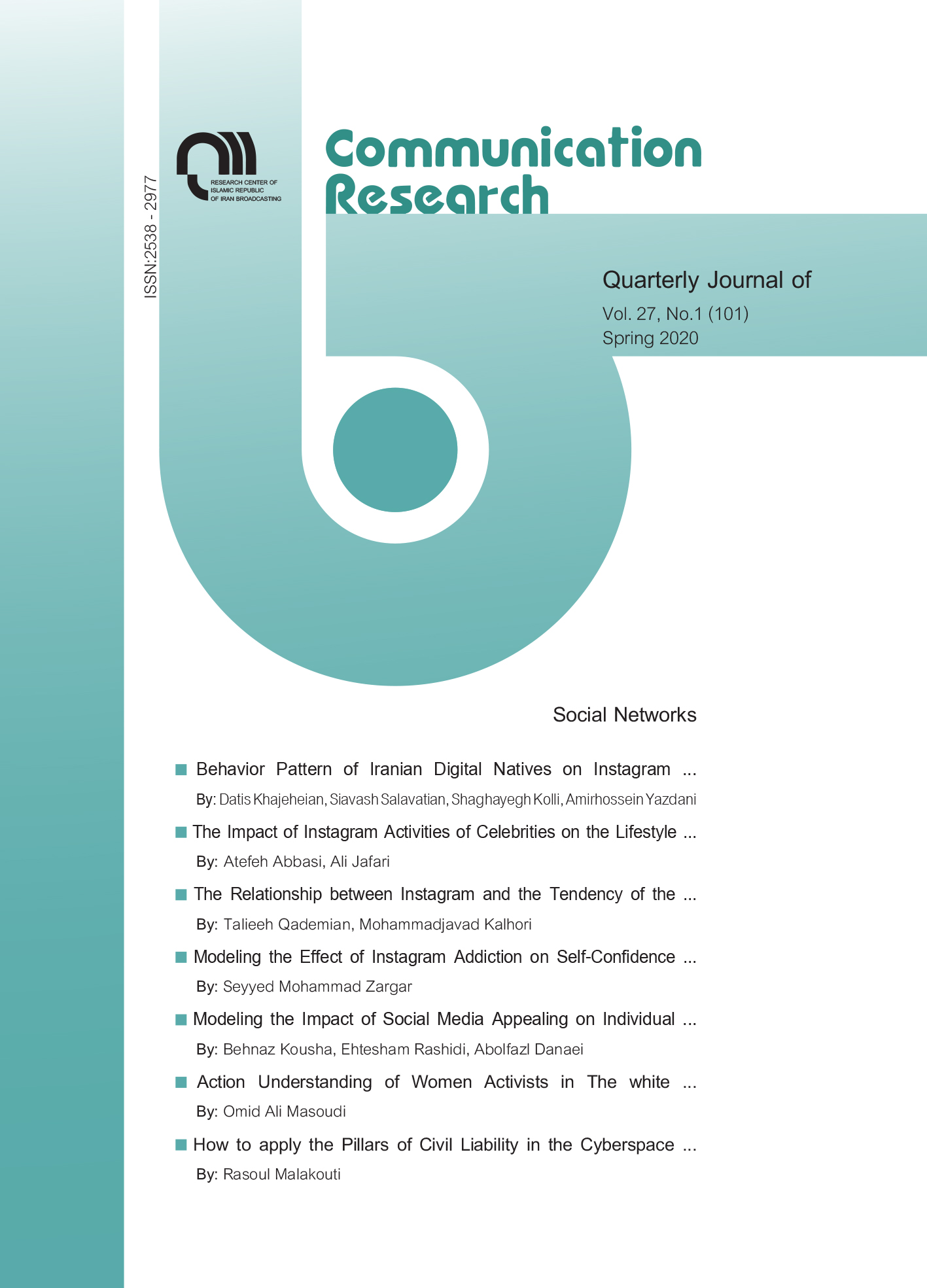Document Type : Original Article
Author
Assistant Prof. in Private Law, Islamic Azad University, Branch of Pardis, Iran
Abstract
Instagram is one of the most common effective apps in cyberspace, and in terms of nature, it follows the rules and requirements of cyberspace. The nature of cyberspace has led to a change in the meaning of some legal terms in this space with the comparison of real world: civil liability. To fulfill civic responsibility, it is necessary to achieve the three pillars of loss, harmful action and causal relationship. Each of these three pillars in the Instagram space has a specific concept and realm that is different from the real world.Given that one of the important functions of this application is its media function, it must be considered in applying the legal rules. This article reviewed the use of these elements in the Instagram space based on the library method. Given the media function of this network and the need for free flow of information, the loss in Instagram space is a narrow concept of the real world. Also, the causal relation in this space has lost its dependence on commonality and causal relationship, and its fulfillment depends on the requirements of this space, so that paying more attention to the agent instead of the harmful act seems to be a better way to prove causality.
Keywords
Main Subjects

